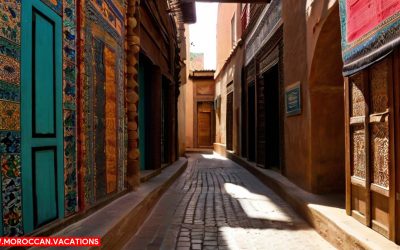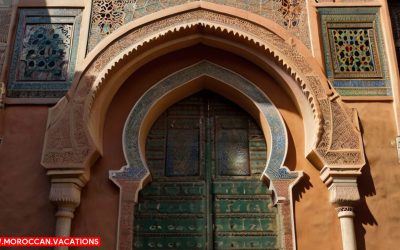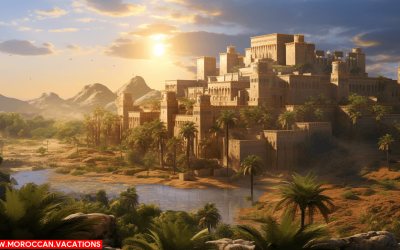Bab Agnaou: The Gateway to Marrakesh’s Royal Past
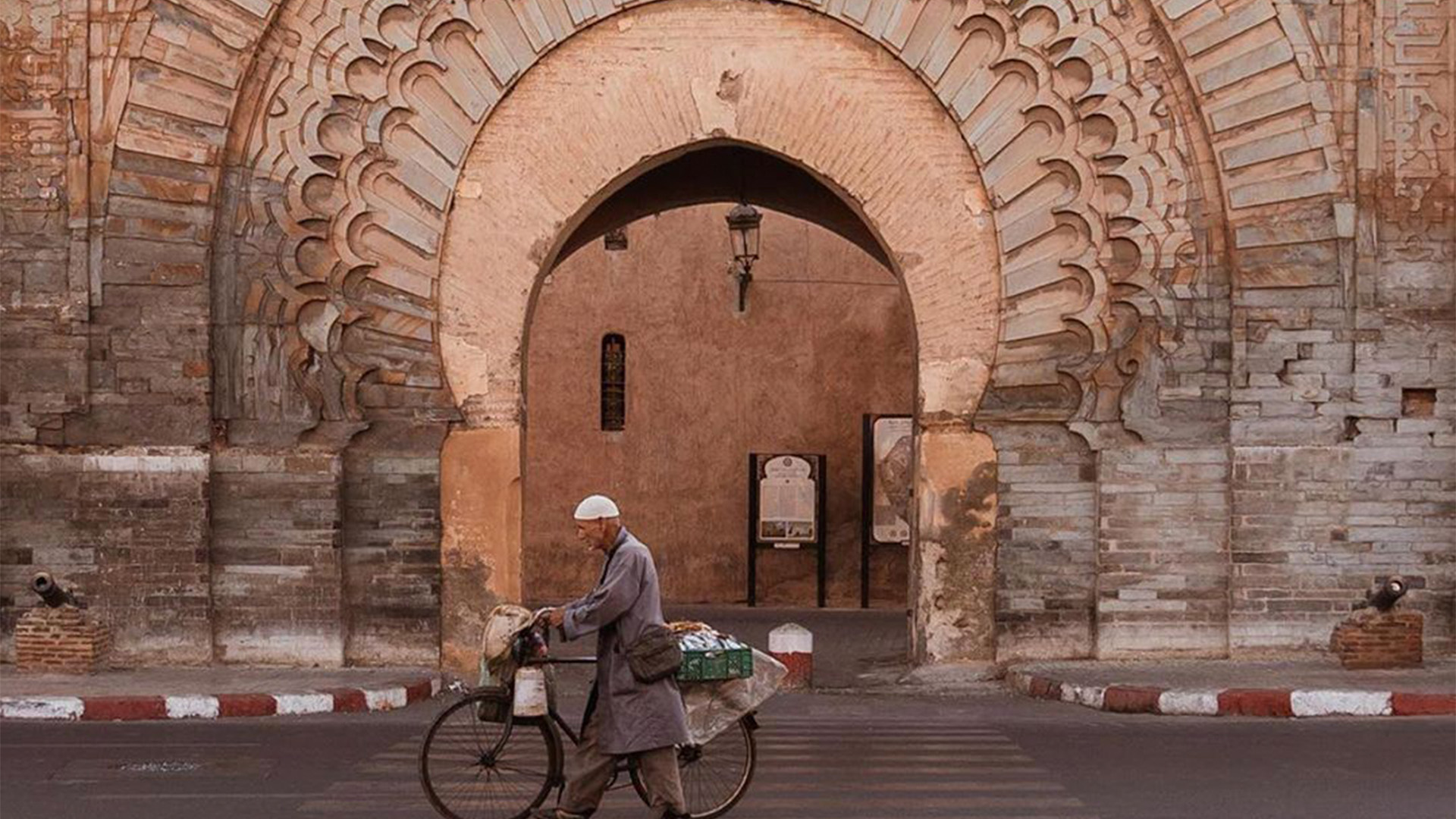

Bab Doukkala: a Window Into Marrakesh’s Market Heritage
As you continue your journey through Marrakesh’s historical gates, you will step into Bab Doukkala, a gateway that offers a fascinating glimpse into the city’s vibrant market heritage. Marrakesh’s market traditions are deeply rooted in its history, and Bab Doukkala stands as a testament to the city’s bustling trade. Located in the northern part of the medina, Bab Doukkala is one of the oldest gates in Marrakesh. Its name, Doukkala, refers to the Doukkala region in western Morocco, known for its agricultural produce and vibrant markets. This gate served as a vital entrance for merchants and traders who brought their goods from the countryside to sell in the city. To truly understand Doukkala’s cultural significance, let’s take a closer look at the table below:| Doukkala’s Cultural Significance | Marrakesh’s Market Traditions |
|---|---|
| Gateway for trade and commerce | Vibrant and bustling markets |
| Connection to the Doukkala region | Traditional handicrafts |
| Symbol of Marrakesh’s heritage | Authentic Moroccan cuisine |
Bab El Khemis: Discovering Marrakesh’s Historical Crafts District
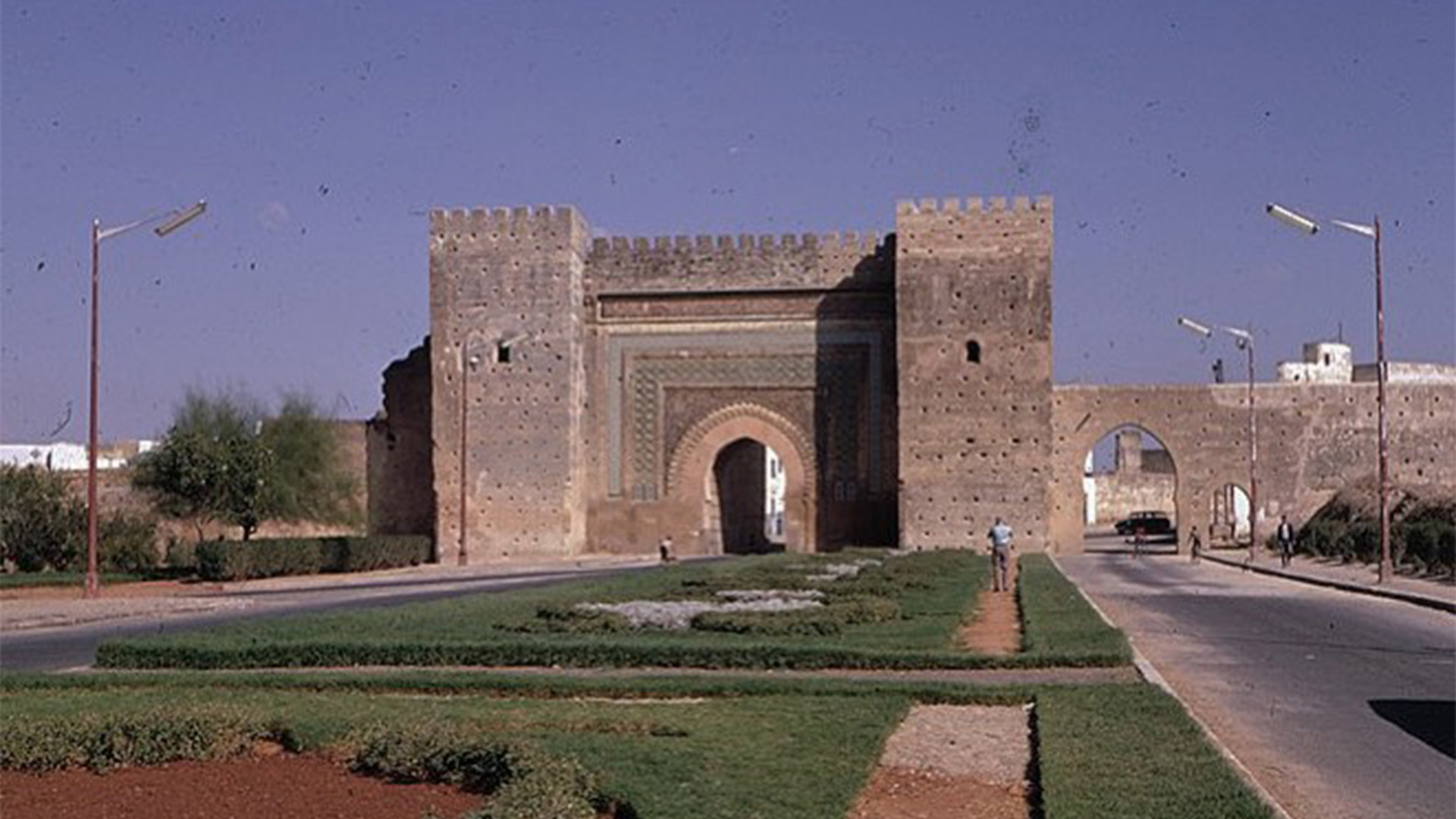

- Exploring traditional crafts in Marrakesh’s Bab El Khemis district:
- *Leatherwork*: Step into the ancient tanneries, where skilled artisans have been transforming hides into exquisite leather goods for centuries. Witness the traditional techniques of dyeing, stretching, and sewing, as the craftsmen create beautiful bags, belts, and shoes.
- *Metalwork*: Experience the mesmerizing artistry of Marrakesh’s metalworkers as they meticulously shape and mold copper, brass, and silver into intricate lanterns, trays, and jewelry. These craftsmen are masters of their trade, passing down their skills from generation to generation.
- *Preservation of heritage*: The crafts district of Bab El Khemis plays a crucial role in preserving Marrakesh’s rich cultural heritage. These traditional crafts have been part of the city’s identity for centuries, and by supporting the artisans, we ensure the survival of these ancient traditions.
- *Economic empowerment*: The artisanal crafts industry provides livelihoods for countless Marrakesh residents. By investing in these handmade products, you contribute to the local economy and empower the craftsmen to continue their craft.
Bab El Jdid: Exploring Marrakesh’s Medieval Medina
Discover the vibrant history of Marrakesh’s medieval Medina as you step through the gates of Bab El Jdid. This gateway is not just an entrance, but a portal to a bygone era filled with rich cultural heritage. As you venture into the heart of the Medina, prepare to be immersed in a world of bustling souks and traditional riads. Exploring souks:- Lose yourself in the labyrinthine alleys of the Medina, where vibrant souks await. These bustling marketplaces are a treasure trove of Moroccan craftsmanship, offering a kaleidoscope of colors, scents, and sounds. From intricately woven carpets to exquisite ceramics and aromatic spices, the souks of Marrakesh offer a sensory feast for the curious traveler.
- Engage in the age-old tradition of haggling as you navigate the narrow streets lined with stalls. Bargain with local traders, and you might uncover hidden gems and unique souvenirs to take home. Immerse yourself in the vibrant atmosphere, as the souks pulsate with the energy of locals and tourists alike.
- Take a break from the hustle and bustle of the Medina and retreat to a traditional riad. These charming courtyard houses provide an oasis of tranquility amidst the chaos. Step through their intricately carved doors and be transported to a world of serenity. Admire the stunning architecture, with its ornate tilework and lush gardens, while sipping on a refreshing mint tea.
- Experience the warm hospitality of the riad owners, who will treat you like family. Indulge in the delicious flavors of Moroccan cuisine as you feast on traditional dishes served in the riad’s courtyard. Unwind in the peaceful ambiance and let the riad become your home away from home.
Bab El Debbagh: Tracing Marrakesh’s Tannery Traditions
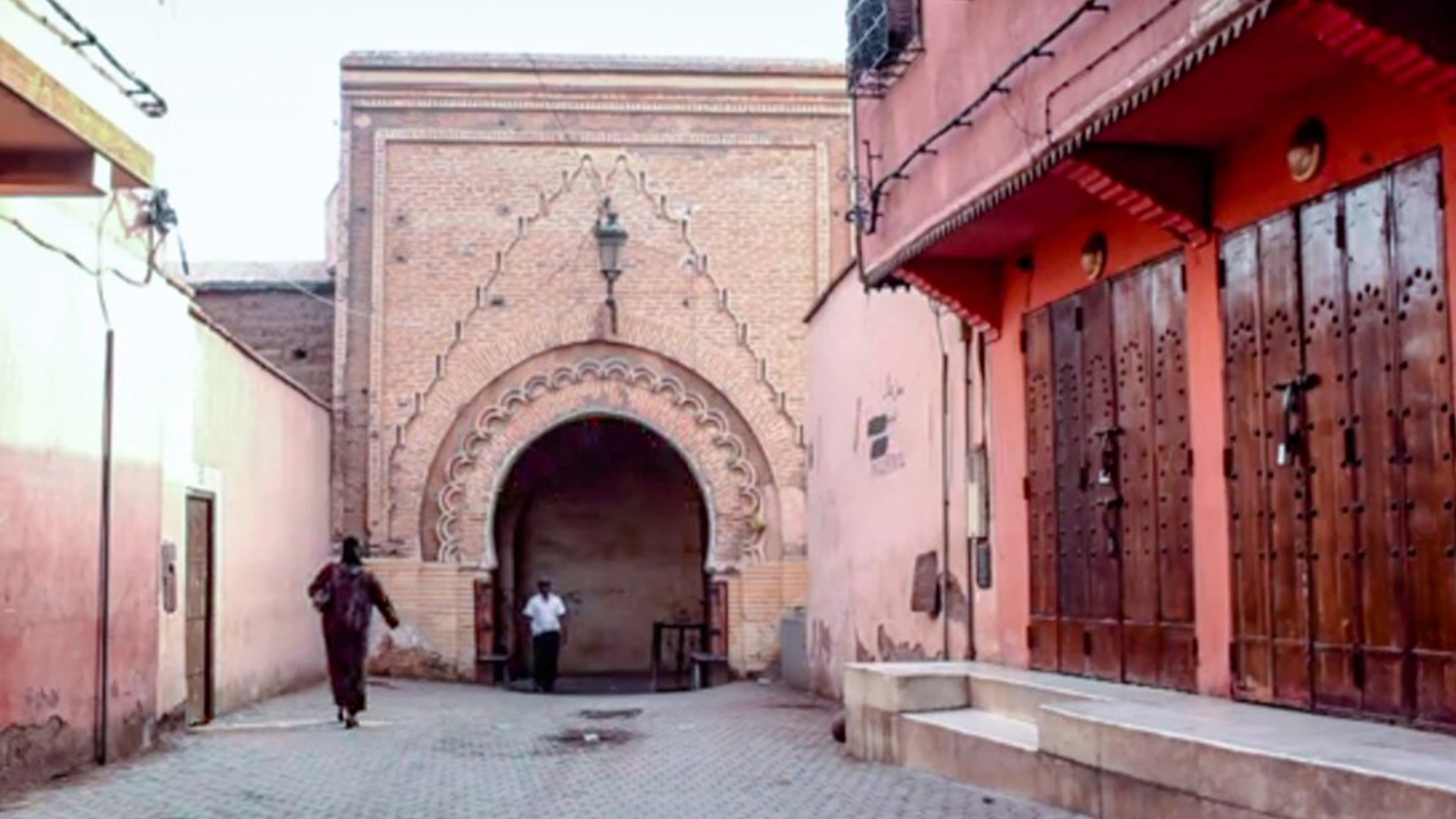

- Explore the ancient art of leather production and discover the techniques that have been passed down through generations.
- Witness the skillful hands of the tanners as they use traditional methods to treat and dye the animal hides.
- Immerse yourself in Marrakesh’s history as you learn about the significance of leather in the city’s economy and culture.
- Discover how leather production has evolved over time, from its humble beginnings to becoming a thriving industry that has shaped the identity of Marrakesh.
Bab El Ramla: Unraveling Marrakesh’s Architectural Marvels
Exploring Bab El Ramla allows you to appreciate Marrakesh’s architectural marvels firsthand. This historical gate, also known as the Red Gate, is a testament to the city’s rich cultural heritage and architectural significance. As you approach Bab El Ramla, you are immediately struck by its grandeur and imposing presence. The gate stands tall, with its intricate designs and vibrant red color, welcoming you into the heart of Marrakesh. Bab El Ramla holds immense cultural significance for the city. It serves as a gateway to the bustling marketplace, Jemaa el-Fnaa, and is a symbol of Marrakesh’s vibrant history and traditions. The gate has witnessed countless stories unfold over the centuries, serving as a witness to the city’s evolution. From the merchants and traders who passed through its doors, to the locals who called Marrakesh home, Bab El Ramla has been an integral part of the city’s fabric. Uncovering the architectural significance of Bab El Ramla reveals the intricate craftsmanship and attention to detail that went into its construction. The gate showcases traditional Moroccan design elements, such as the intricate geometric patterns and ornate carvings. Each detail tells a story, reflecting the cultural heritage and artistic prowess of the craftsmen who built it. Visiting Bab El Ramla is like stepping back in time, allowing you to immerse yourself in the rich history and architectural wonders of Marrakesh. It is a reminder of the city’s past, and a testament to its enduring spirit.

Samira Amrani
The passionate author behind Moroccan Vacations, sharing her expertise and love for Moroccan culture, cuisine, and travel experiences to inspire wanderlust in every reader.
Related Articles
Marrakesh's Medinas: A Tapestry of History and Architecture
The Origins of Marrakesh's Medinas Step into the lively streets of Marrakesh's medinas and immerse yourself in a captivating tapestry of history and architecture. Discover the vibrant souks, where artisans showcase their local crafts, and let the hidden charms of the...
The Impact of French Colonial Architecture in Marrakesh
Historical Background of French Colonial Influence Do you ever wonder how French colonial architecture shaped the vibrant city of Marrakesh? From the grand facades of government buildings to the intricate details of private residences, the impact of French design is...
From Ancient Ruins to Majestic Palaces: Unveiling Morocco’s Historical Treasures
Embark on a journey through time with Morocco’s rich history! Discover ancient ruins and majestic palaces, uncovering the treasures of a storied land. Explore the essence of Morocco’s historical marvels today.

